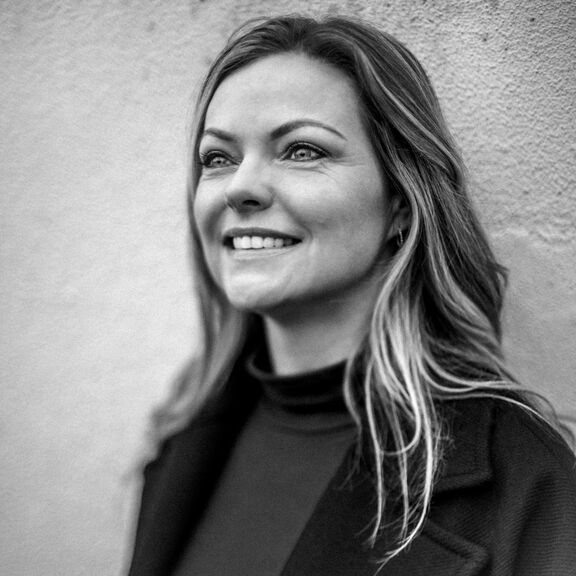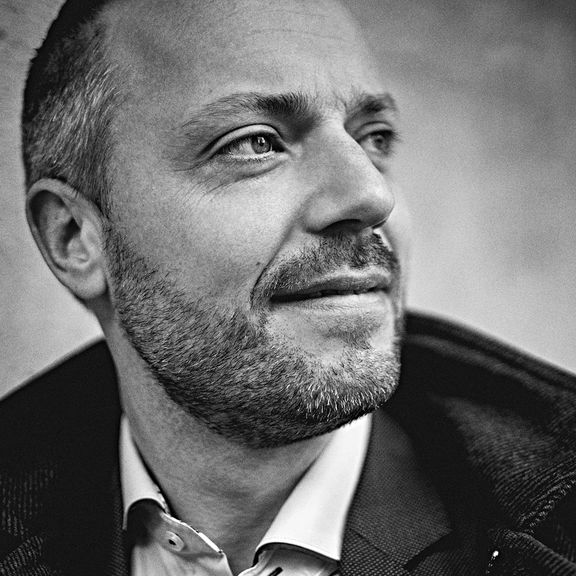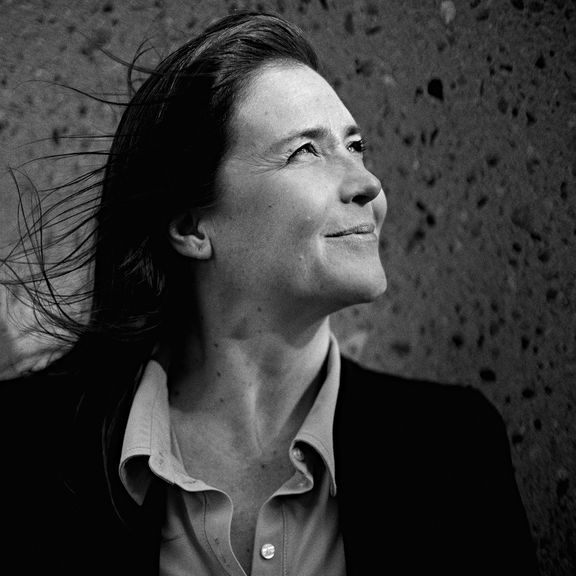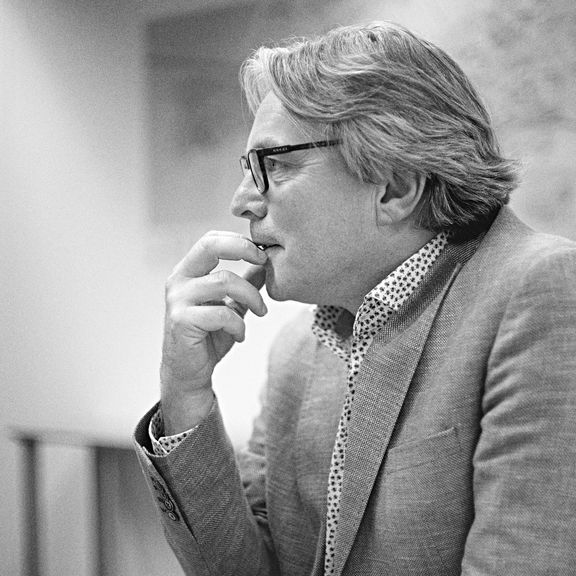‘Energy transition infrastructure is on track’
Reading time: 5 minutes
‘The energy transition momentum has come,’ according to Maike Akkers, Energy Transition Infrastructure Program Manager at the Port of Rotterdam Authority. But much needs to be done. What is the status of the infrastructure in the port in 2024?
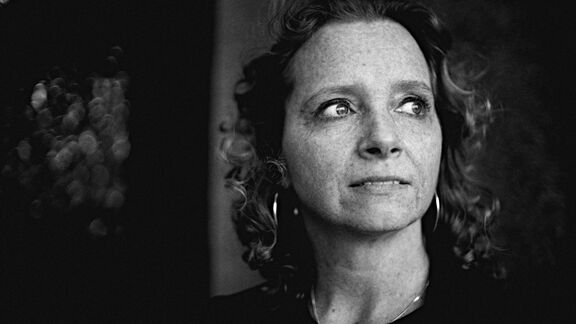
‘You need an appropriate infrastructure both in as well as outside our port. But below ground, it’s a tangle of cables, pipes, tubes, some of which are 90 centimetres in diameter.’ The energy transition requires many new cables and pipes to be laid, while the old ones are still being used. Maike helps untangle the tangle and does so successfully.
In an interview in 2023, Maike said she was pleased with the status of the energy transition projects she is working on. She is still pleased a year later. ‘Just after the summer, grid congestion was announced for a large part of the port. I am not happy about that, but we are on track with the infrastructure for transporting and storing hydrogen and CO2 at the port. Maike: ‘Porthos is being constructed as we speak. The heat-distribution grid is under development, the hydrogen backbone and Delta Rhine Corridor are in further development.’
Keeping up with the rapid progress
According to Maike, less than 10 years ago, energy transition was still a pipe dream, so to speak. In 2023, Maike said we had to be careful to keep up with the rapid progress. ‘The hurdles we expected materialised. There is some opposition.’ According to Maike, the costs for getting the value chain underway are high: a risk for many parties. ‘Therefore, we stay in close contact with every link in the value chain.’ She gives an example: ‘For hydrogen, we look at the production, the transport to here, whether or not over sea, the conversion in the port and transport to the hinterland. Together with all those links, with central government and all those companies, we get a good picture of where the bottlenecks are. And we look at how we can overcome those hurdles. As a Port Authority, we can be a connecting link. The business community and government cannot do it alone.’
It’s actually possible
This year, a hydrogen pilot has been carried out with the Port of Duisburg. Maike: ‘We say it’s possible, but is that really the case? That’s why we tested the chain.’ And it worked: ‘Two vessels transported hydrogen from America to the end customer in Germany. A small volume but the most important thing is that everyone knows it’s possible.’ The challenge the parties face is scaling up. ‘Both on the production as well as the buyers’ side, everyone is waiting for each other. We can only overcome that if all links in the chain have more certainty. Government policy can majorly contribute to this. As a Port Authority, we are one link in the chain: to have those conversations.’
Digitalisation as the solution to grid congestion
The current highest priority? ‘After the grid congestion was announced, we set up an action programme to look at how we can still achieve all the developments the companies want to implement within the existing capacity,’ Maike explains. ‘Digitalisation helps with that.’ She mentions the Starlings project, which looks at how companies close to one another can optimise their processes in terms of electricity. ‘Compare it to your washing machine that you can turn on at home. If you switch it on at a different time to your neighbour, you need half the capacity. The electricity grid is divided up to absorb peaks. That could be by using the electricity in the evenings or during the day. Or by putting a battery in between for example.’
Raw material transition
Massive milestones will be reached with the projects currently under construction. Time to sit still? We don’t have that: ‘We are already looking at expanding the first projects currently being constructed.’ She mentions a feasibility study for linking the Delta Rhine Corridor to the Aramis and Porthos CO2 storage projects and talks about connecting the Maasvlakte and the Europoort to the heat-distribution grid. ‘And we are performing a feasibility study into an ammonia network. We do need to be extremely conscientious and keep the environment in mind. Maike also looks ahead to the raw material transition, for which new pipes are needed, according to Maike: ‘It’s still in its infancy, but we are already looking at what pipes will be required.’
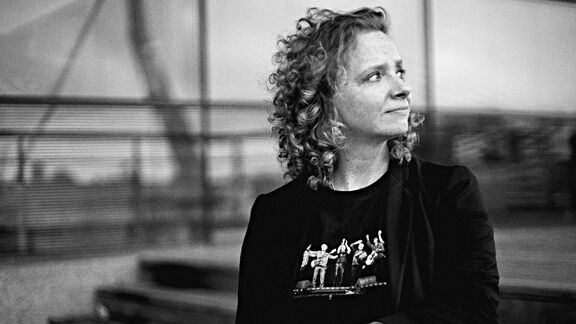
Our culture is good
Maike remains proud: ‘Despite it being rather complicated, we continue to come together internally and externally to take steps forward.’ She mentions the collaboration between the Port of Rotterdam Authority, TenneT and Stedin. ‘We expected the challenges we are facing, but it’s still tough going sometimes. But we will not be disheartened. Despite things not always going smoothly, we all stay on the same page.’
In constant motion
Maike doesn’t sit still in her private life either. In an earlier interview, she said she consciously drives a hybrid car, but prefers to take public transport or the bike, and that, for example, she turns down the heater and doesn’t throw away food. She has implemented major measures to make her home – a listed building in the city centre – more sustainable within the rules. New glazing has been installed, and work is being carried out on insulating the roof, ceilings and floors. She never stops working on the energy transition, whether at work or at home: ‘We have massive sustainability plans.’
Meet Maike at the World Energy Congress
MAKING WAVES
In this series, you’ll hear from people who are committed to a smart and sustainable port of Rotterdam and our planet as a whole. Let them inspire you and help make that a reality.
